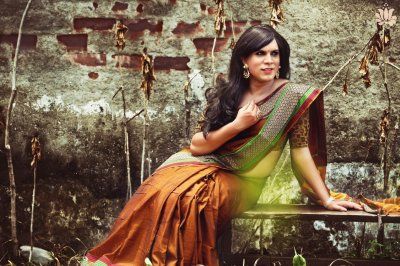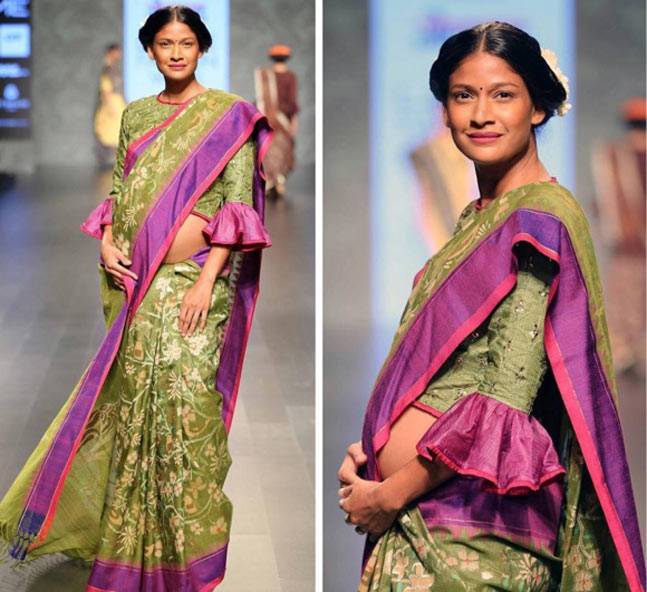Tech savvy, over-dependent on gadgets, aloofness, and irresponsible with little value for traditions – these are some of the detrimental terms used to describe people who were born between the 1980s and 2000. Members of this generation are termed as millennials. Presently millennials constitute the most significant share of the Indian population. Often misunderstood and misjudged, these youngsters possess the power to change the world around them. They carry the baton of India’s development. Their presence in every field has brought about several changes. One cannot keep fashion out of the society. Thus, it is safe to say that the shift in the mindset of these millennials is reshaping Indian fashion industry as well.
Changes in purchasing patterns
One has to take a closer look at how the purchasing pattern has changed with the advent of millennials in the driving seat. There are no extra points for guessing that alternations in consumer mindset will affect the entire market. They prefer personalized products over generic stuff. Online shopping has surpassed offline shopping trends in recent times. If a fashion label or garment seller has to survive, it must have online representation. They will only associate with a brand if they cannot relate to its motto. When it comes to purchasing habits, they are highly individualistic. Thus, fashion houses are changing themselves and the products to meet the demands of these individuals.
Social media and India Fashion
Millennials have another potent weapon in their kit. Internet and social media have transformed fashion outlook. Boring and homogenous clothes will no longer make the cut. Millennials have access to western fashion. They know what is in vogue. They belong to Facebook and Instagram generation. No matter what they wear, they post pictures online. The constant desire to be admired by others makes it mandatory for them to stay at the top of their fashion game. Thus, cloth manufacturing and selling outlets need to work twice as hard to keep up with western fashion trends. If the clothes are not a hit on Insta page, it is not worth buying.
Being comfortable in their skin
Millennials do not get bogged down by traditional advertisements strategies, which propagate notions that one has to be fair and slim to be beautiful. “Be comfortable in your skin” is what they believe in. If you can carry a bikini with confidence, then it does not matter if you are an XXL. It has rocked the Indian fashion industry to its core. Earlier, garment manufacturers could get away with making ill-fitted clothes for heavy bodied people. Things have changed now. Garment manufacturing agencies must have a vast collection of sizes to fit all body types. India got a look at plus size models rocking the fashion ramp in 2016 fashion week. These fashion-forward individuals believe that a girl can pair 9-yard saree with a Nike training shoe is she feels comfortable in it.
Breaking all gender biases
Fashion plays a vital role in bringing the society together. Thanks to the open-mindedness of millennials, these words have been actually put to the task. Like other sectors, the fashion industry was also dominated by men, with no place for members of the transgender community. Millennials pledged to break this stereotype and chose fashion as a platform to initiate it. For the first time in the history of Indian fashion, people cheered for a transgender showstopper. Laxmi Narayan Tripathi looked no less ravishing than any female supermodel when she stepped on the head ramp and commanded viewers’ attention. Millennials made clear that any creation is beautiful as long as one has the power to accept and acknowledge it. Sharmila Nair, another member of the millennial group, ditched female models and opted for transgender models to showcase her new saree collection.
Fashion does not depend on body structure
Previously, only feminine women were considered beautiful. They had to be coy, innocent and always depended on a man. Working women, especially those in the fashion industry were seen in bad light. Ladies who did not fit the mould of 36 – 24 – 36 were not considered ideal women. Muscular women had to face body shamming that undermined their confidence. Millennials took it upon themselves to break this stereotype as well. Gurbani Judge or VJ Bani J showed that muscular women can look smoking in any attire. It is all about the attitude. Strong is the new sexy.
Carol Gracias is a popular name in fashion industry. For long it was thought that bulky or pregnant women are not fit for fashion ramps. Carol proved critics wrong by gracing the head ramp with equal panache while flaunting her baby bump. Bollywood film actresses also play a vital role in influencing fashion. Fashion icon Kareena Kapoor Khan proved that being pregnant does not make a woman any less competent or attractive. Thus, fashion designers are making clothes and planning sale strategies, keeping these points in mind.
Not everything about the millennials popularly referred to as the “Me! Me! Me!” generation is bad. The above points highlight that they possess the power to scrutinize things meticulously. They know exactly what they want when it comes to fashion. They may seem irresponsible about money matters. That is a myth. These millennials will not settle for anything less. The change in the attitude of new age customers has compelled the fashion designers, store owners and online garment sellers to change their outlook as well. Thus, a series of waves of change and development has finally reached the shores of Indian fashion industry.
![]()







